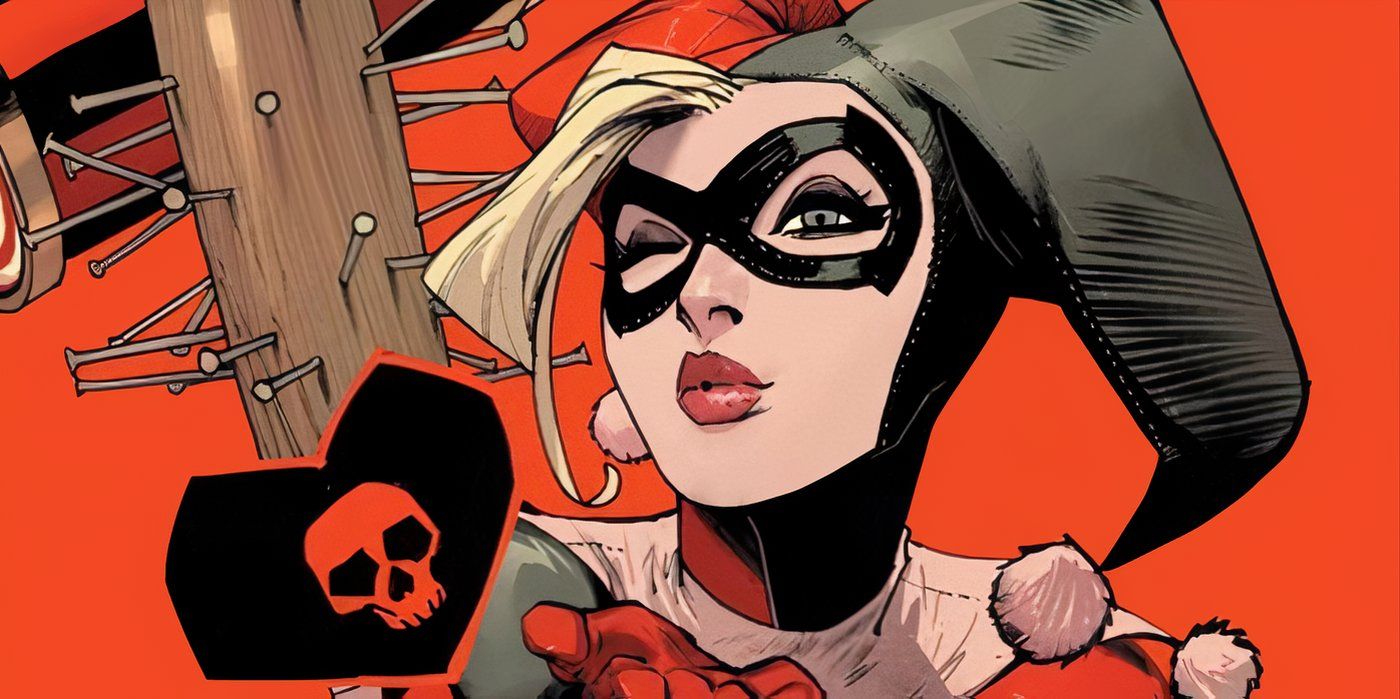[[{“value”:”
Summary
Batman: Harley Quinn
#1 solidified Harley’s origin story, highlighting her immunity to toxins and enhanced strength.
The issue teased a romantic connection between Harley Quinn and Poison Ivy, laying the groundwork for their long-term relationship.
DC canon has been extremely inconsistent when it comes to whether Harley Quinn has powers, but her first comic appearance couldn’t make it any clearer—the Gotham City Siren does, in fact, have two superpowers. Hopefully, this throwback will help settle debates about the Clown Queen of Crime and even encourage DC writers to spotlight this part of Harley’s origins more.
Batman: Harley Quinn #1 (1999) by Paul Dini, Yvel Guichet, and Aaron Sowd is famous for introducing Harley Quinn to comic canon after her initial debut in Batman: The Animated Series in the episode titled Joker’s Favor (1992).
Although Harley already had seven years of animated history, Dini’s comic solidified her origin and backstory, setting the tone for future comics. This debut was packed with key Harley Quinn details, one of the most exciting being the confirmation that the Clown Queen of Crime is indeed a meta, thanks to her fellow Siren, Poison Ivy.
Poison Ivy Gave Harley Quinn Poison/Toxin Immunity and Enhanced Strength and Agility
Batman: Harley Quinn #1 depicts Poison Ivy taking pity on Harley and nursing her back to health after Joker nearly kills her as a way of breaking up with her. After hearing Harley’s story, Ivy concocts a special formula that immunizes her against poisons and toxins while enhancing her natural strength and agility, effectively granting her permanent superpowers. Despite these changes being permanent, DC has been inconsistent with this aspect of Harley’s character, often attributing her physical prowess to her being a gifted acrobat and frequently ignoring her immunity to toxins and poisons.
What’s particularly interesting about Harley’s immunity powers is that they extend beyond Ivy’s specific toxins. Later in the issue, Joker sprays Harley with his Joker toxin, only for her to be completely unaffected. This implies that Harley is resistant to all toxins and poisons. Another notable instance showcasing her newfound powers is when she gives Joker a severe beating while also effortlessly stopping one of Batman’s punches with one hand. These examples highlight her exceptional strength, especially considering both Batman and Joker are formidable fighters, with the Dark Knight being the best of the best.
Harley Quinn’s Very First Costume was a Huge Rip-Off of Joker’s Design
Fans may be surprised to learn that Harley Quinn’s first costume in comics was a complete knock-off of Joker’s design; luckily, it was short-lived.
Batman: Harley Quinn #1 Foreshadowed the Harlivy Romance to Come
While the creators of Batman: Harley Quinn #1 may not have explicitly intended to tease a romance between Harley Quinn and Poison Ivy, the ‘Women Loving Women’ undertones are unmistakable. The issue poignantly shows Ivy nursing Harley back to health after the Joker nearly kills her, giving her the strength to fight back against her abusive ex, and granting her immunity to poisons. This immunity ensures that Ivy’s natural toxins won’t harm Harley, allowing them to spend extended time together safely. This powerful setup laid the groundwork for a long-term relationship between Harley Quinn and Poison Ivy, one that naturally and rightfully evolved into a romantic connection.
Harley Quinn & Poison Ivy’s Codenames Get a Romantic New Origin Their Fans Can’t Miss
Harley Quinn and Poison Ivy’s codenames receive a heartwarming new backstory, sure to evoke audible “awws” from fans with its sheer adorableness.
Batman: Harley Quinn #1 is available now from DC Comics!
BATMAN: HARLEY QUINN #1 (1999)
Writer: Paul Dini Artist: Yvel Guichet & Aaron Sowd Colorist: Richard Horie & Tanya Horie Letterer: Willie Schubert Cover Artist: Alex Ross
“}]] Yes, Harley Quinn is a meta and always has been. Read More

